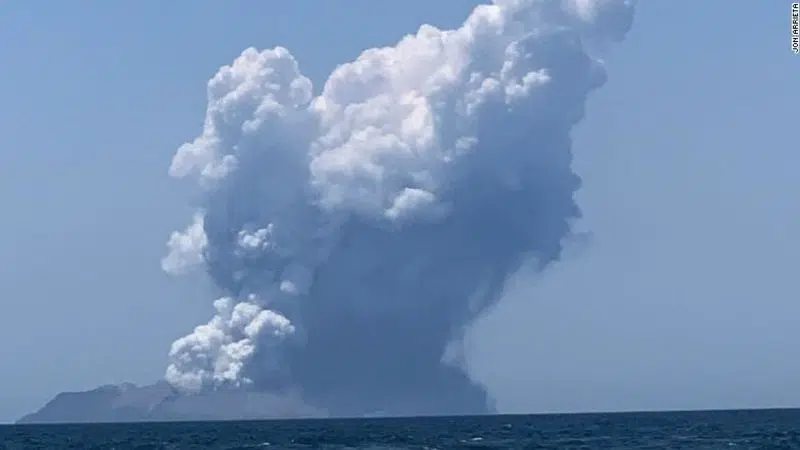
CHARBONNEAU: The supervolcano next door
THE HORRIFIC DEATHS of 16 tourists on White Island, New Zealand, are a reminder of the lethal force of volcanoes.
Lillani Hopkins, a 22-year-old student, witnessed the eruption. She was on a boat leaving the island when it blew. Clouds of scalding hot water and ash descended on those tourists still on the island. Twenty-three of the tourists from the island were taken to Lillani’s boat where passengers frantically attempted to treat them. They were in bad shape.
Lillani had never seen anything like it. Welts and burns that covered every inch of exposed skin. People’s faces coated in grey paste, their eyes covered so they couldn’t see, their tongues thickened so they couldn’t talk. Some of them still screaming. The boat appeared to be filled with discarded grey rubber gloves. But they weren’t gloves, they were husks of skin that had peeled away from people’s bodies. (Globe and Mail, December 11, 2019)
Most of those who survived the eruption at White Island on December 9 suffered burns and 28 patients remain hospitalized, including 23 in critical condition. Hospitals are calling on international skin banks for the large quantity of grafts required.


